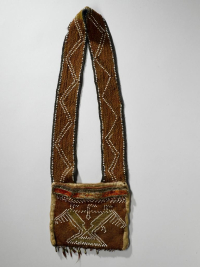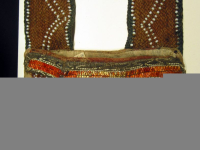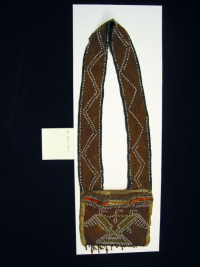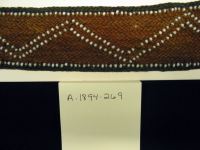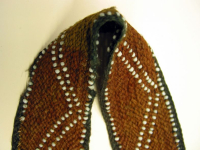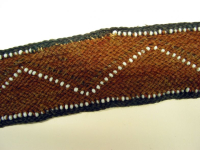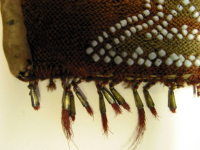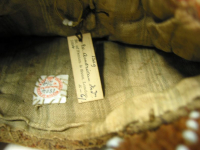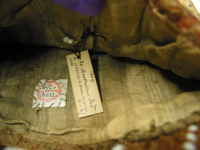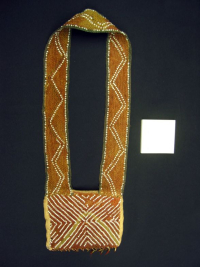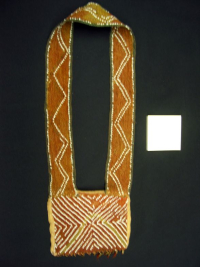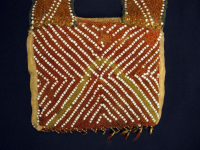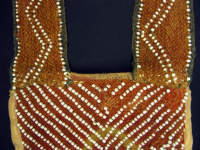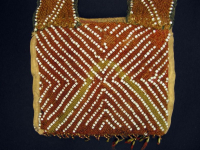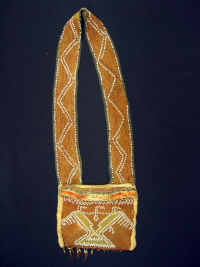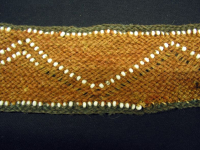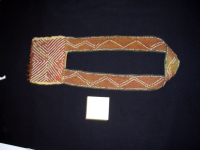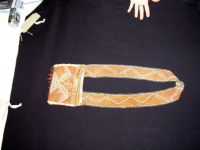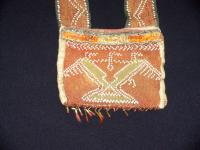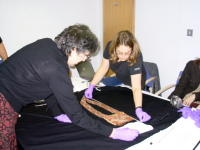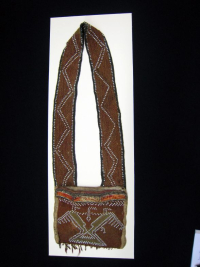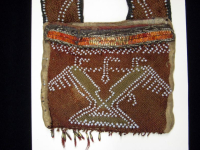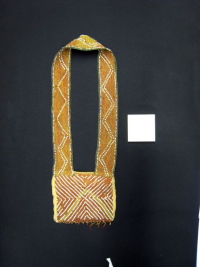shoulder bag
shoulder bag
shoulder bag
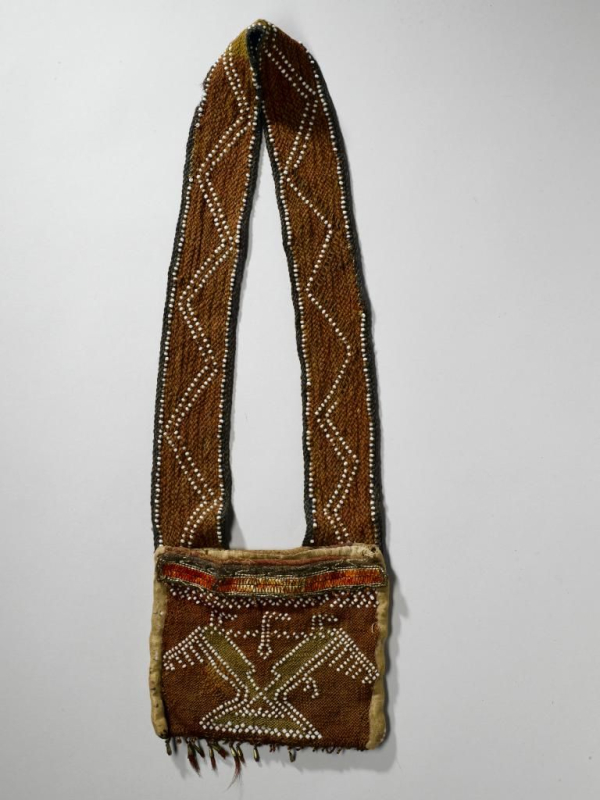
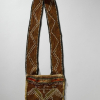
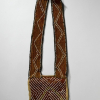
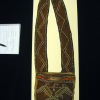

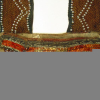
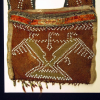
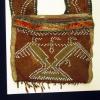

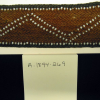
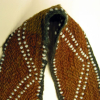
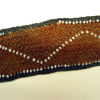
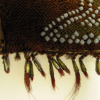
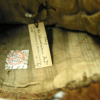
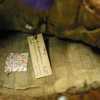
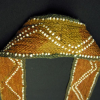
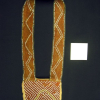
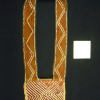
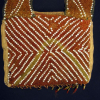
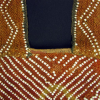
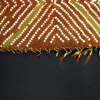

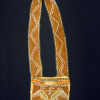


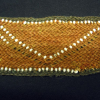
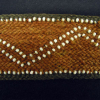
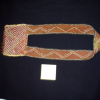

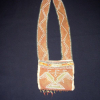
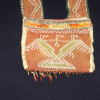

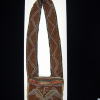
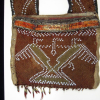
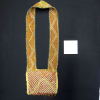
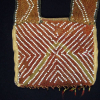
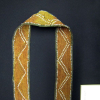
Bag, with thunderbird motif, possibly Anishnaabe, 18th century.
Noted as possibly Anishinaabe by Cory.
Read More About This Relative
body: woolen yarn, porcupine quills, size 6 pony beads, red linen bias tape border; strap: wooledn yarn edged with ?worsted yarn, or ?bison hair; tassels; brass cones with red-dyed animal hair and quill wrapping around base of cones; lining of bag is woven striped linen; base of bag is comprised of fibre cords, possibly hemp or nettlestalk fibre; decorative strip is of black dyed hide and porcupine quills with remnants of quill wrapped tassels,;
[body ] finger weaving with bead infill; leaching or possibly resist dying technique used to produce lighter areas of colour on the torso and on the back centre of the shoulder strap [strap] finger-woven of double strands of wool with interwoven beads [decorative strip] black-dyed hide with quillwork
Cory: This shoulder bag could have been used in every day context, still has sacred meaning, yet functional.
Ruth: Did everyone have a bag like this one or was it only for more prominent people in a community?
Cory: Every man would have had a bag, not necessarily with the Thunderbird motif. The bag could have belonged to a more prominent member of society due to the fact that women and men married people of equal skill level and achievement.
;;On-site researchers: A number of techniques identify this as an eighteenth or early 19th century piece. The larger beads (with lower numbers) seen on this bag are often early and weren't used after about 1830, the leaching technique does not appear after the early 19th century, and the dark blackish-brown hide with quillwork is also quintessentially 18th century. The thunderbird motif is striking and unusual. It may represent a family of thunderbirds as suggested by the 'layered' tails with a smaller tail inside the larger one (a child?) The bag is covered with power symbols and could have had a number of uses; Keith suggests it could have been used to carry a wampum. Alan: it could also have had a more utilitarian use Cory: a bag used to cary medicine would not have a strap, this was designed to be carried and worn Keith and Al: likely to be worn by a high status person, Ruth: This is one of the masterpieces of the collection
Provenance
[old label attached to inside of bag] "Bag/ No. American Indn bt of Fenton & Sons, London. 1894. [pound sign] - 6 S"
About This GRASAC Record
Unknown Anishinaabe artist, shoulder bag. Currently at National Museums Scotland, A.1894.269. Item photographed and described as part of a GRASAC research trip December 2007 in which the author took part; GRASAC item id 25802.
9 Apr 2007 Ruth Phillips, On-site researchers: Cory Willmott, Heidi Bohaker, Laura Peers, Ruth Phillips, Keith Jamieson, Alan Corbiere, Henrietta Lidchi, Robert Storrie, Chantal Knowles, Brenda McGoff
44.2, -84.4
On site researchers.
 Knowledge Sharing Platform
Knowledge Sharing Platform

